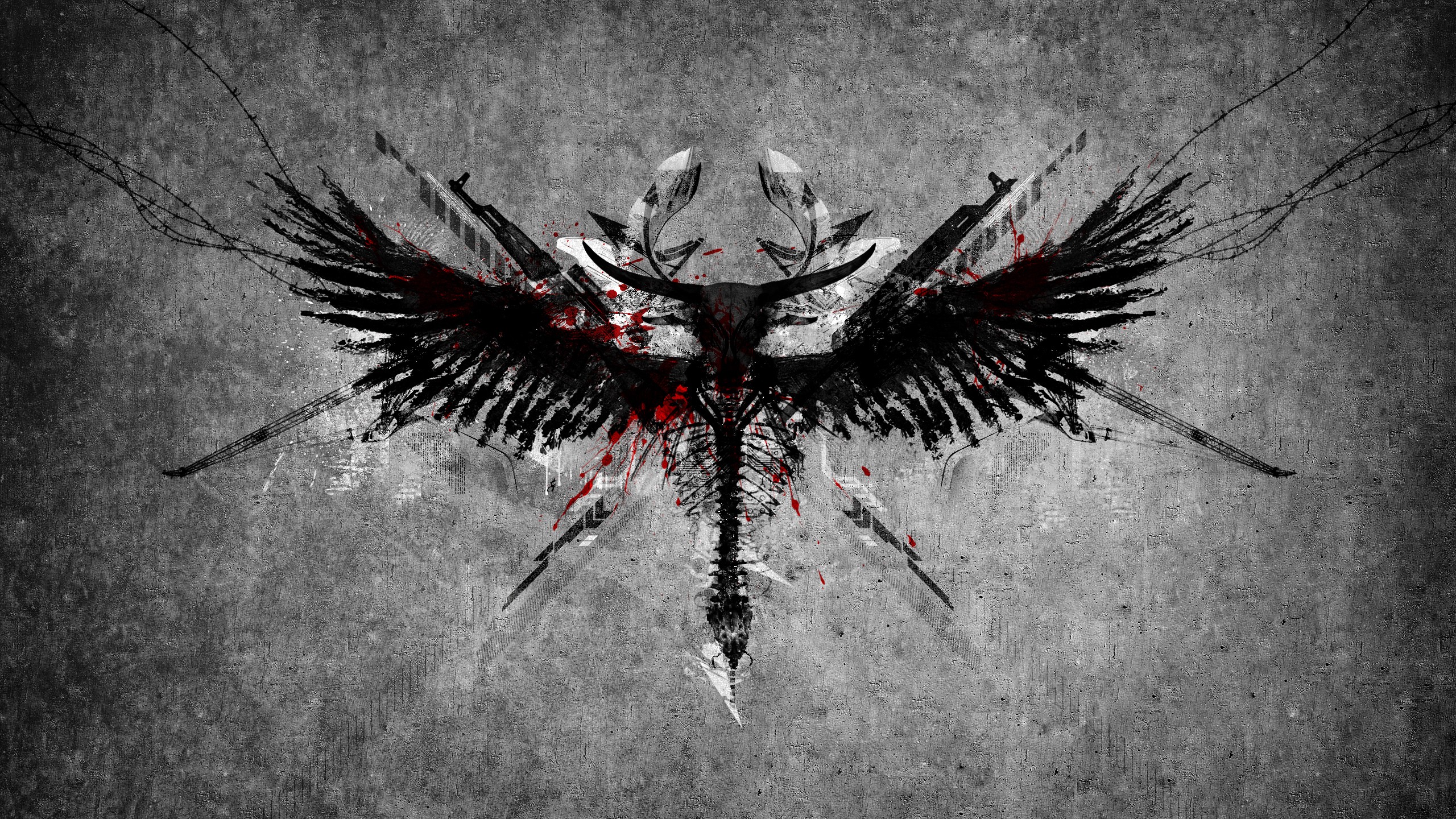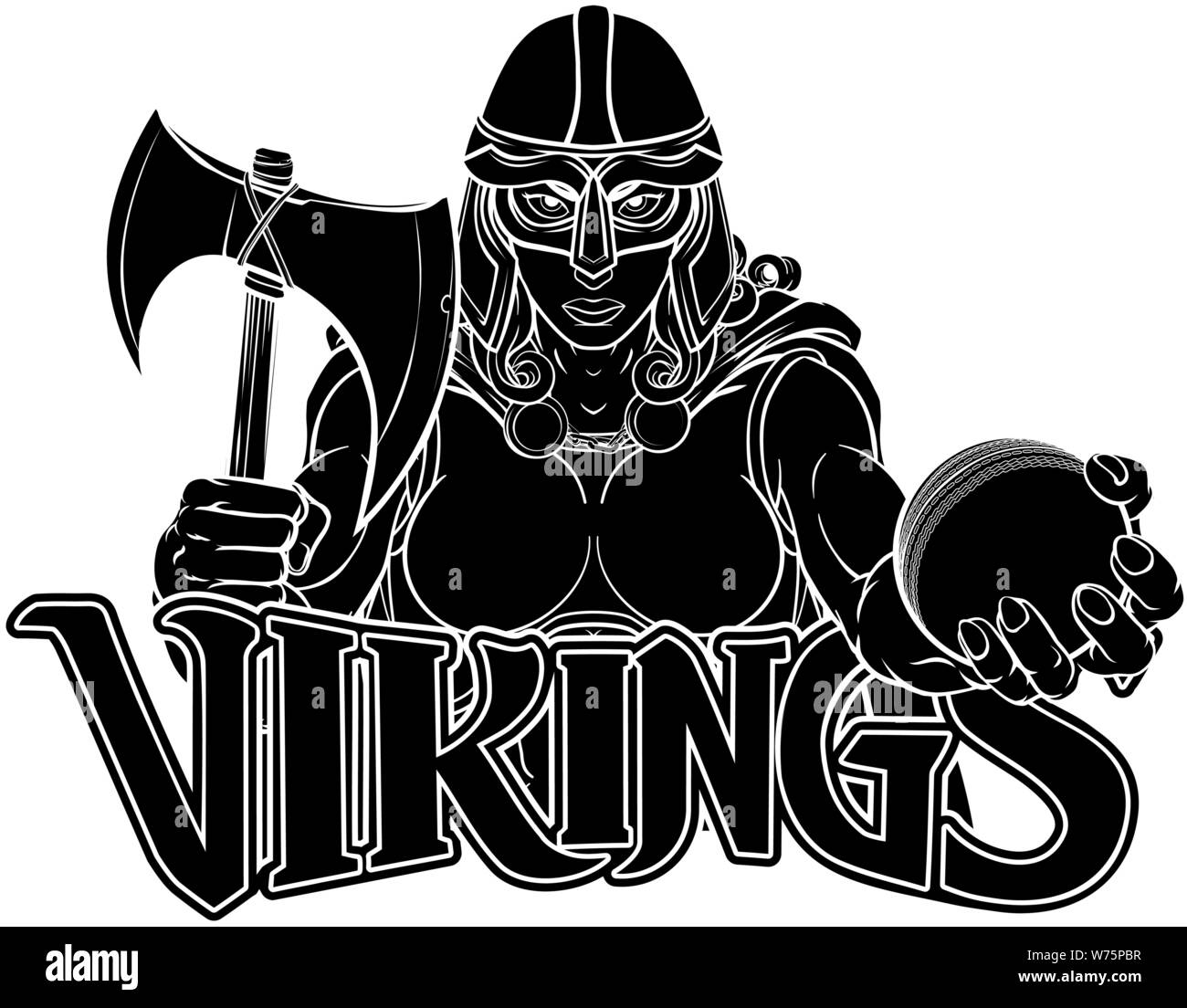
Female ninjas were known as Kunoichiĭuring the 16th century, the existence of female ninjas known as “ Kunoichi” is dated. However recent research has indicated that Japanese women frequently fought in battles: remains from the site of the Battle of Senbon Matsubaru in 1580 showed 35 out of the 105 bodies were female. Historical sources offer few accounts of the onna-bugeisha, as the traditional role of a Japanese noblewoman was restricted to homemaker and wife. They made up a large part of the samuraiįor centuries after Tomoe Gozen’s reign, the onna-bugeisha flourished and made up a large part of the samurai class.įemale warriors would protect villages and open schools across the Japanese empire to train young women in martial arts and military strategy.ġ6th century illustration showing women accompanying men in battle (Credit: Lepidlizard).Īlthough there were many different clans spread throughout Japan, all of them included samurai warriors – and all were open to the onna-bugeisha. In the event that their communities were overrun by enemy warriors, the onna-bugeisha were expected to fight to the end and die with honour, weapons in hand. The onna-bugeisha belonged to the bushi, a noble class of feudal Japanese warriors who existed long before the term “samurai” came into usage.īetween the 12th and 19th centuries, these upper-class women were trained in the art of war and the use of the naginata, primarily to defend themselves and their homes. Women gained a higher status in the household, and were allowed to control finances, maintain their homes, manage servants, and raise their children with proper samurai upbringing. Under the “ ama-shōgun” (“nun shōgun”), laws governing the shōgun’s court allowed women equal rights of inheritance with fraternal kin. She played a key role in shaping the career of her two sons, Minamoto no Yoriie and Minamoto no Sanetomo, who became the second and third shōgun. The wife of the first sh ōgun of the Kamakura period (1185-1333), Hōjō Masako was the first onna-bugeisha to be a prominent player in politics.Īfter the death of her husband, Masako became a Buddhist nun – a traditional fate of samurai widows – but continued her involvement in politics. Hōjō Masako was the first onna-bugeisha to enter politics

Gozen’s reputation was so high that it is said that her leader, Lord Kiso no Yoshinaka, considered her the first true general of Japan.

Later that year during the Battle of Awazu, she defeated the Musashi clan leader, decapitating him and keeping his head as a trophy. In 1184, she led 300 samurai into a fierce battle against 2,000 Taira clan warriors and was one of only 5 to survive. On the battlefield, she was respected and trusted by her troops. She was known as one of the few women warriors who engaged in offensive battle – known as onna-musha – rather than the defensive fighting more common among traditional onna-bugeisha. In the 14th century ‘The Tale of Heike’, Gozen was described as:Ī remarkably strong archer, and as a swords-woman she was a warrior worth a thousand, ready to confront a demon or a god, mounted or on foot Tomoe Gozen (“ gozen” meaning “lady”) was a legendary female samurai whose expert talents included archery, horseback riding, and the art of the katana – the iconic sword used by the samurai. The Genpei War (1180-85) between the rival samurai dynasties of Minamoto and Taira gave rise to one of the greatest Japanese women warriors: a young woman named Tomoe Gozen.

One of the most famous onna-bugeisha was Tomoe Gozen Later in the Meiji era, it became popular as a martial art for women many schools focusing on the use of the naginata were created.

Ishi-jo wielding a naginata by Utagawa Kuniyoshi, 1848 (Credit: CeCILL / CC).ĭuring the peaceful years of the Edo period, the naginata became a symbol of status and often formed part of the dowry of women of the nobility.


 0 kommentar(er)
0 kommentar(er)
